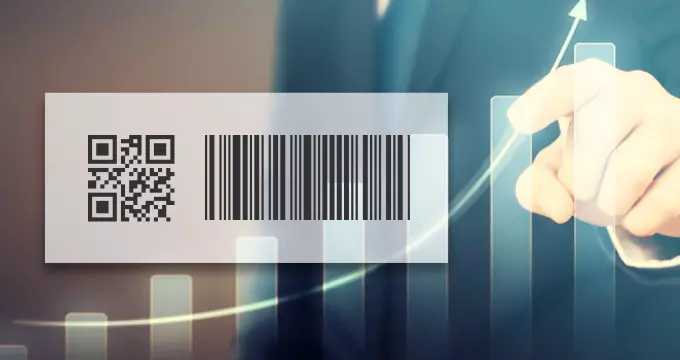The bottom line of every business is consumer satisfaction. This is why organizations will spend thousands of dollars on marketing, packaging, and emphasizing the uniqueness of their products. However, these tactics fall short if a company cannot provide timely services, needs to know how much stock they currently have, and lets consumers checkout with minimal hassle.
When customers visit any store, they want to spend only a short time looking for the product they want. Likewise, when they’re ready to tally up their purchase, they want the process done within minutes.
Considering these factors, it would make sense for any blooming business to have an automated system that allows them to stay on top of their inventory and manage their stocks. This is where the barcode scanner comes into play.
So, what is this device, and how does it work? Here’s what you need to know:
What is A Barcode Reader?
A barcode reader or a POS scanner is a handheld or stationary device that can read barcodes and translate them into useful information. For instance, if you use a barcode reader to scan a product like a water bottle, the computer will display the serial code, manufacturing details, and product price fed into the system’s database.
So, for any organization, pos scanners are the most cost-effective way to facilitate all consumers and streamline their transactions and other operations.
Advantages Of Investing In a Bar code Scanner
Before a company can invest in any product, it is essential to study the pros and cons of their investment. Businesses cannot arbitrarily spend money. However, spending money and getting barcode readers is one purchase they will be happy with.
The world has become increasingly digital. To keep up with the supply and demand, it is best to go as automated as possible. While it may not seem much, barcode readers are shedding a massive load of responsibilities off the shoulders of various organizations, and here’s how:
1. Better Stock Management:
At one time, a business receives its supplies from numerous companies and vendors. They may look at hundreds of boxes of supplies that need to be shelved and accounted for. Manually recording them is not realistic and also time-consuming. There’s a chance your employee may mess up the listing order, or they might forget to add new stocks or slip up in recording all the items in the warehouse.
But with a barcode reader, a business can scan numerous products in one go, update the system with every reading and adjust them chronologically. If an item is missing, your employee can quickly look into the databases and inform you. At the same time, if an item is sold out during the checkout process, the system can once again notify your employee if there is a specific item low in the warehouse. As a result, you can place another order and fill up the inventory without delays.
2. Reduces Transaction Errors:
It is easy to make calculation errors when checking out a client. This is because if a consumer has far too many items at hand, your employee can make a mistake tallying them up, which can cause a larger bill than anticipated. A consumer may not appreciate this error as it puts them in an unsavory position. You also increase the likelihood of losing a valuable consumer if they’re unhappy with how your store handles billings.
This is why your employee can quickly round up all the products by getting barcode readers, and the system can automatically add them up. If a specific item has been charged twice, your employee can quickly sort it out by going to the computer and deleting the extra item.
3. Prevent Theft:
You can attach a barcode reader at the entrance of your warehouse to track all the products that come and go from the building. This prevents an employee from using a handheld device to scan each item, and they can wheel the parcel in and out of storage as the barcode scanner reads the serial number and adds it to the inventory. Hence, if an employee tries to steal a product or remove it from the warehouse without your knowledge, they will have to use the doorway. If there’s a barcode scanner at the threshold, it will automatically report the product as missing and will notify you. Certain sophisticated readers also come with an alarm system. It will act accordingly when you feed the centralized database on the security protocol. Therefore, if any employee attempts to steal the product and passes by the scanner, it will set off an alarm immediately telling you about the robbery.
4. Reduces the Need For Employee Training:
Businesses have limited capital. They need to use their resources smartly without wasting their little budget. A good portion of their funds goes into employee training. This is because your worker needs to learn how to do their work to make it easier for your organization to expect profit. In some instances, you may have to keep more than one workshop to teach your workers the technical aspect of your organization.
This can lead to more money getting channeled into preparing another workshop, which is why barcode readers are prevalent for most business professionals. Apart from basic guidelines, there’s no need for you to invest in elaborate training. Your employee can also handle a barcode scanner without needing a high-profile degree or a deep understanding of how barcodes work, apart from the superficial knowledge of how transactions are made.
Final Thoughts
For any company ensuring consumers are happy with your services is integral. You need to keep your clients satisfied to build a loyal consumer base. This is why a business should always lean towards products that can facilitate its business model when investing in devices and automation. Therefore, investing in a barcode scanner is a smart decision for any business. This device can make tasks like inventory management and transactions hassle-free.
